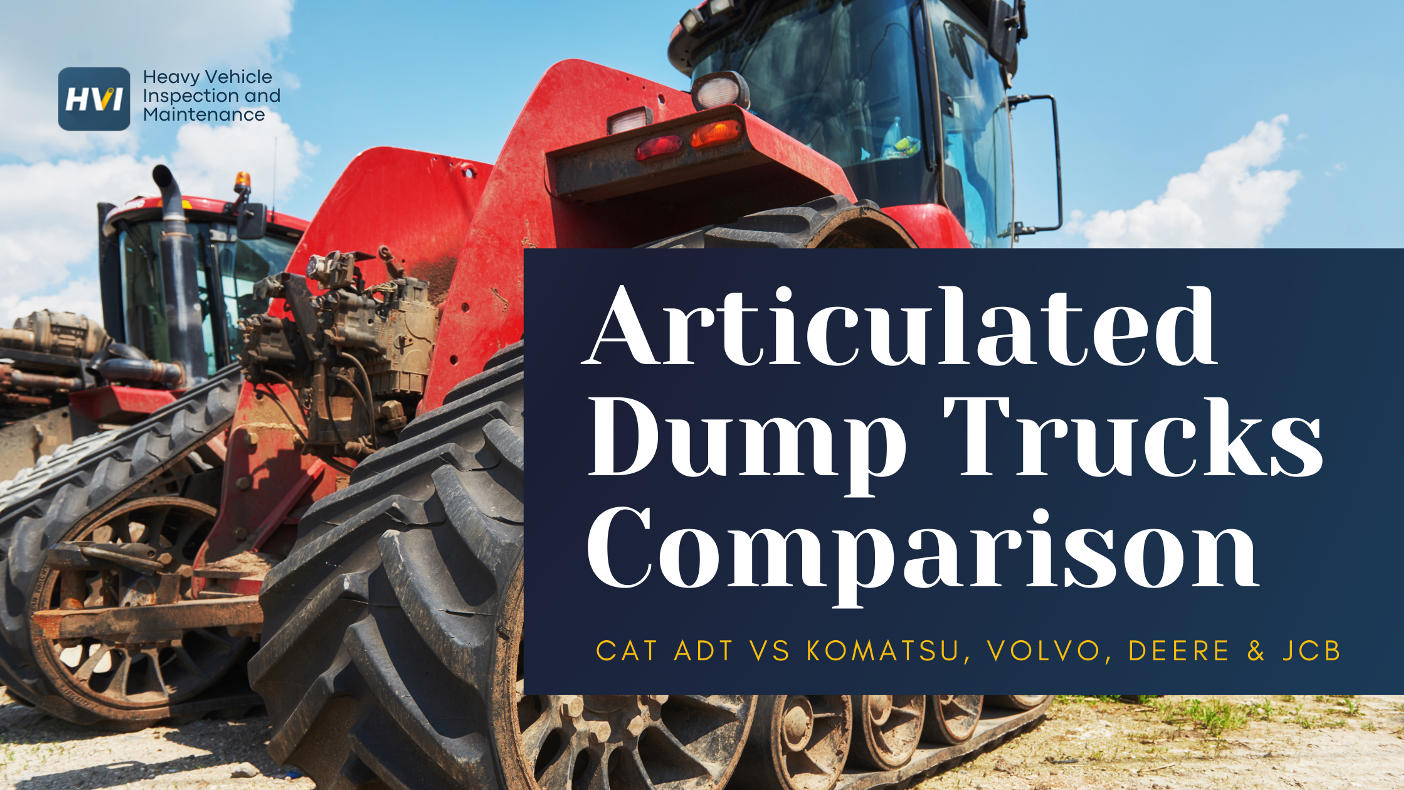Synthetic motor oils can range from $25 to over $65 per 5-quart jug, leaving many drivers wondering why some synthetic oils cost more than others and whether premium-priced options deliver value worth the investment. With Americans spending an average of $120-$300 annually on oil changes, understanding the factors behind synthetic oil pricing helps make informed decisions that balance engine protection with budget considerations.
This comprehensive analysis reveals why synthetic oils cost more, examining the technology, additives, and performance benefits that justify price premiums while helping you determine which oil delivers optimal value for your specific vehicle needs. More importantly, it demonstrates how choosing the right synthetic oil can save $500-$2,000 in engine repairs while extending vehicle life by 50,000-100,000 miles through superior protection.
Synthetic Oil Market Overview
Looking for Professional Fleet Maintenance Solutions?
While this guide focuses on passenger vehicles, fleet operators can discover enterprise-grade maintenance management systems.
The Science Behind Synthetic Oil Manufacturing
Understanding why synthetic oils cost more begins with their complex manufacturing process that transforms crude oil or natural gas into precisely engineered molecular structures. Unlike conventional oils that simply refine petroleum, synthetic oils undergo extensive chemical synthesis creating uniform molecules with superior performance characteristics that justify higher prices.
Premium vs Budget Synthetic Oil Comparison
The synthetic oil market spans from $4.99/quart budget options at Walmart to $13.99/quart premium formulations, with each price point offering different levels of protection and performance. Understanding these differences helps identify which oils deliver genuine value versus marketing hype.
Laboratory analysis reveals significant variations in additive quality, base oil purity, and performance characteristics between price tiers. Premium synthetic oils consistently demonstrate superior protection in standardized tests, though budget options may suffice for newer vehicles under normal driving conditions.
- ✓ Budget Synthetics ($25-35/5qt): Basic Group III base oils, standard additive packages, meets minimum API standards
- ✓ Mid-Range Synthetics ($35-45/5qt): Blend of Group III/IV bases, enhanced additives, multiple OEM approvals
- ✓ Premium Synthetics ($45-65/5qt): Pure Group IV/V bases, advanced additive technology, extended drain intervals
- ✓ Ultra-Premium Racing Oils ($65+/5qt): Specialized formulations, maximum protection, track-proven performance
- ✓ European Specification Oils: Meeting strict ACEA standards, low-SAPS formulations, diesel particulate filter compatible
- ✓ High-Mileage Formulations: Seal conditioners, viscosity stabilizers, enhanced cleaning agents for 75,000+ mile engines
Real-World Performance Testing Results
Independent laboratory testing reveals measurable performance differences between synthetic oil price tiers, with premium formulations consistently outperforming budget options in critical protection areas. These standardized tests simulate extreme operating conditions that stress oil performance beyond normal driving scenarios.
Consumer Reports and automotive testing laboratories conduct comprehensive evaluations measuring wear protection, deposit control, and longevity across price ranges. Results demonstrate that while all synthetic oils outperform conventional options, premium synthetics deliver 25-45% better protection in high-stress conditions.
- ✓ Wear Scar Testing: Premium oils show 35% smaller wear scars versus budget synthetics in standardized tests
- ✓ High-Temperature Deposits: 50% less piston deposit formation with premium formulations at 300°F+ temperatures
- ✓ Cold-Start Protection: Superior flow at -40°F with premium oils reaching critical components 3x faster
- ✓ Oxidation Resistance: 40% longer service life before viscosity breakdown in accelerated aging tests
- ✓ Fuel Economy: 2-4% better fuel efficiency with low-viscosity premium formulations versus standard synthetics
- ✓ Volatility Testing: 25% less oil consumption through reduced evaporation at operating temperatures
Brand Value vs Marketing Hype
Major oil brands command premium prices through reputation and marketing, but laboratory analysis reveals varying degrees of correlation between price and performance. Some high-priced oils deliver exceptional protection while others rely primarily on brand recognition rather than superior formulation.
Understanding which brands invest in technology versus marketing helps identify genuine value. Companies like Mobil, Castrol, and Amsoil conduct extensive research and publish detailed technical data, while some premium-priced competitors offer limited performance documentation despite aggressive marketing claims.
- ✓ Published Test Data: Legitimate premium brands provide comprehensive technical specifications and third-party test results
- ✓ OEM Approvals: Factory fill status and manufacturer recommendations indicate proven performance validation
- ✓ API Certification Plus: Look for oils exceeding minimum standards with API SP Plus or ILSAC GF-6B ratings
- ✓ Warranty Support: Premium brands often provide engine warranty coverage demonstrating confidence in protection
- ✓ Professional Reviews: Independent analysis from Blackstone Labs and Oil Analyzers Inc. reveals actual performance
- ✓ Racing Heritage: Brands with motorsports involvement typically offer superior high-stress protection technology
Cost-Benefit Analysis for Different Driving Conditions
The value proposition of premium synthetic oils varies significantly based on driving patterns, climate conditions, and vehicle specifications. Severe service conditions including stop-and-go traffic, extreme temperatures, and heavy towing dramatically increase oil stress and justify premium formulations.
Economic analysis considering fuel savings, extended drain intervals, and engine longevity reveals that premium synthetic oils often deliver positive ROI for specific applications while budget options suffice for light-duty highway driving in moderate climates.
Manufacturer Specifications and Warranty Requirements
Vehicle manufacturers increasingly specify particular oil formulations to meet warranty requirements, with some demanding expensive specialty oils that cost significantly more than standard synthetics. Understanding these requirements prevents warranty disputes while identifying opportunities for cost-effective alternatives.
European manufacturers like BMW, Mercedes-Benz, and Volkswagen require low-SAPS formulations meeting strict specifications that limit oil choices and increase costs. However, multiple brands often meet these specifications at varying price points, creating savings opportunities without compromising protection.
Making the Right Synthetic Oil Investment Decision
Determining whether premium synthetic oils justify their higher cost requires evaluating individual driving conditions, vehicle requirements, and long-term ownership plans. While marketing creates confusion, objective analysis reveals specific scenarios where premium oils deliver measurable value versus situations where budget options provide adequate protection.
For severe service applications, high-performance vehicles, or extended drain interval strategies, premium synthetic oils costing $45-65 per change deliver positive ROI through superior protection and extended service life. Conversely, newer vehicles under warranty with normal driving patterns achieve optimal protection from $35-40 mid-range synthetics meeting manufacturer specifications.
The key to maximizing value lies in matching oil quality to actual needs rather than assuming highest price equals best protection. By understanding the science behind synthetic oil pricing and evaluating real-world performance data, drivers can make informed decisions that balance protection with economics while avoiding both under-protection and over-spending.
Professional Fleet Maintenance Solutions
While consumer vehicles benefit from quality synthetic oils, commercial fleets require comprehensive maintenance management systems.
Book a Demo




